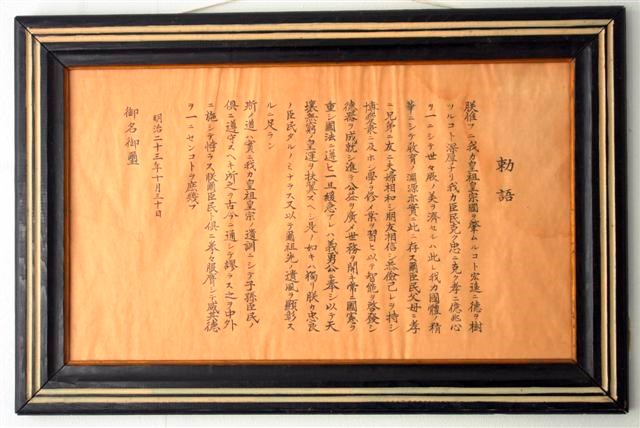|
Japanese Cultural Revivalism in the Segregation Center The Tule Lake Segregation Center was notable for the conspicuous embrace of Japanese cultural arts and language. This phenomena of turning to their Japanese cultural roots was described by anthropologist and social psychiatrist Marvin K.Opler as "cultural revivalism," which he viewed as a response of the imprisoned population to assert dignity and self-esteem in a stressful context of racial and cultural degradation. In these two papers, Opler observes how complex emotions and ideas of inmates were given freer expression in Japanese, to think beyond the loyal/disloyal paradigm that was imposed by the English language and the dominant culture; and the rise of traditional Japanese traditions and myths as a response to the stresses of incarceration at Tule Lake. Opler was employed by the War Relocation Authority as a Community Analyst at Tule Lake, where he researched and filed weekly reports with the purpose of providing information to help the WRA manage its Japanese American prisoners. 
Sample Folk Culture Elements Practiced at Tule Lake This Imperial Rescript of Education was first made public in Japan in 1890. It was recited by school children in the morning before starting classes. It was intended to teach the Japanese tradition of good morals and manners. After WWII, this was no longer taught in Japanese schools. Children who went to Japanese school at Tule Lake would recite this. |
Last updated: June 22, 2023
